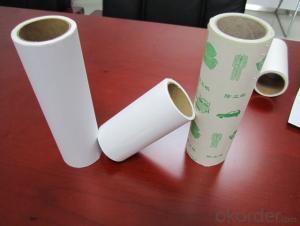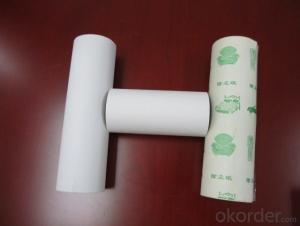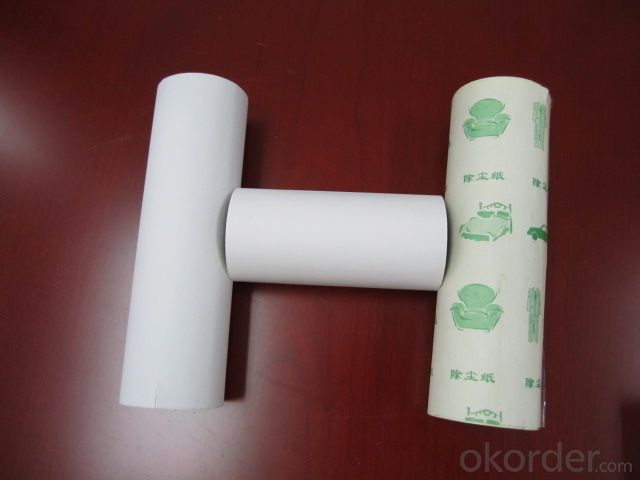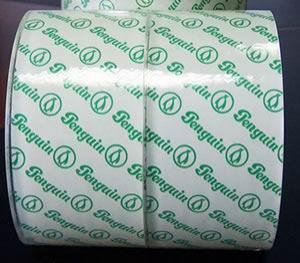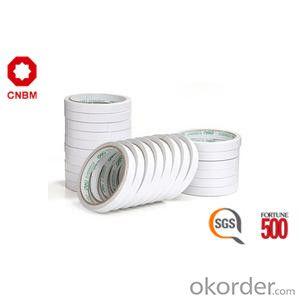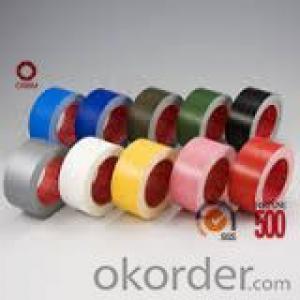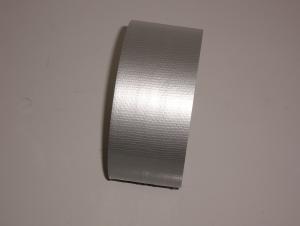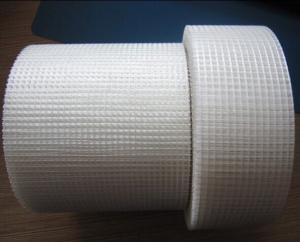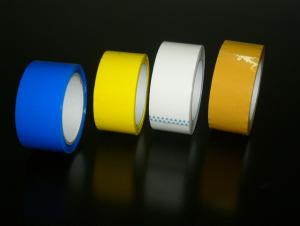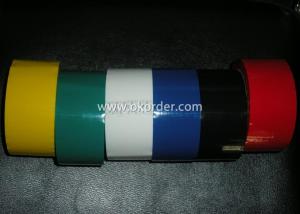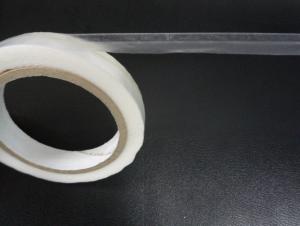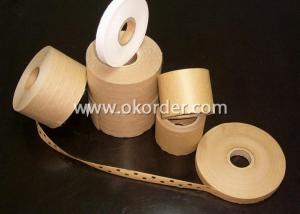Ultra Strong Lint Roller for Cleaning Tape with Strong Adhesive/Roller Cloth Brush
- Loading Port:
- China main port
- Payment Terms:
- TT OR LC
- Min Order Qty:
- 10000 roll
- Supply Capability:
- 10000000 roll/month
OKorder Service Pledge
OKorder Financial Service
You Might Also Like
Specification
1.Used for wiping off hair,dust and scurf
2.Very small exquisite and easy to carry
3.Non-poisonous and odorless
4.Refillable
Features
Sticky Cleaning Lint Roller (refill ,remover)
Used for wiping off hair, dust and scurf on clothes, cars, sofas, blankets, curtains and beds.
Small, exquisite and convenient to carry
Electric supply or water not required
No noise and no electromagnetism disturbed.
Strong sticky and nice glue
Cleaning tapes can be used for families, hospitals, offices and other
special places (such as railways, engine rooms, computer rooms, labs)
Stick-lay of this products is dealt with special request, which is a green product
Product Description
Material: paper base
Coated special treated adhesive layer
With 10- 60 layers or 1-9M
Layer: spiral sheet or straight cutting sheet
Cardboard tube length: 10cm
The tube inner diameter: 3.75 to 3.85cm
Plastic handle: 20 to 22.5cm
Handle: as follows,any color is acceptable
Usage
Suitable for home, hospitals, offices.It is the best solution for removing unwanted hair or dust on clothes, pets, furniture,
carpets, curtains and car interiors. No need electric supply or water. Just tear off each section when used and ready to go again.
- Q: Does packaging tape have any specific safety precautions?
- Yes, packaging tape does have some specific safety precautions that should be followed. Firstly, it is important to handle packaging tape with care and avoid any sharp or sudden movements that could cause injury. While packaging tape itself is not typically dangerous, mishandling it could result in cuts or punctures. Additionally, it is essential to use the appropriate type of packaging tape for the intended purpose. Different tape materials and adhesives are designed for various applications, such as sealing boxes or securing heavy items. Using the wrong type of tape may result in inadequate sealing or potential hazards. Furthermore, it is crucial to store packaging tape in a safe place away from extreme temperatures, moisture, or direct sunlight. These factors can affect the tape's adhesive properties and compromise its effectiveness. Lastly, when using packaging tape, it is advisable to wear protective gloves if necessary, especially when handling sharp or heavy objects. This can provide an extra layer of safety and prevent any potential injuries. By following these safety precautions, users can effectively utilize packaging tape while minimizing the risk of accidents or harm.
- Q: Can scotch tape wrap wires?
- Should not be non-standard, should use electrical tape. Waterproof and adhesive tape is also required for moisture proof and waterproof requirements.
- Q: Is packaging tape resistant to mold or mildew?
- Yes, packaging tape is generally resistant to mold or mildew. Most packaging tapes are made from materials such as polypropylene or vinyl, which do not provide a suitable environment for mold or mildew to grow. These materials are nonporous and waterproof, preventing moisture from seeping through and creating conditions conducive to mold or mildew growth. Additionally, packaging tape is often coated with adhesive that is also resistant to mold or mildew. However, it is important to note that if the tape is applied to a surface that already has mold or mildew present, it may not prevent further growth or eliminate the existing mold or mildew.
- Q: Does packaging tape come in different lengths for convenience?
- Packaging tape indeed comes in various lengths for ease of use. Different packaging tasks can be accommodated with packaging tape of different lengths. The commonly found lengths for packaging tape are 55 yards (50 meters) and 110 yards (100 meters). These lengths are specifically chosen to address diverse packaging needs and to ensure that there is an ample amount of tape to securely seal multiple packages without any shortage. Furthermore, the availability of different lengths provides the flexibility of selecting the most appropriate quantity of tape for individual packaging requirements, ensuring both convenience and cost-effectiveness.
- Q: Can packaging tape be used for sealing packages with electronics or electrical components?
- Yes, packaging tape can be used for sealing packages with electronics or electrical components. However, it is important to note that not all packaging tapes are suitable for this purpose. When selecting a packaging tape for sealing packages with electronics or electrical components, it is recommended to choose an anti-static or ESD (electrostatic discharge) safe tape. These tapes are specifically designed to prevent static electricity from damaging sensitive electronic components during shipping or handling. Using regular packaging tape without anti-static properties may pose a risk of static discharge that could potentially damage the electronics or affect their performance. Therefore, it is crucial to consider the specific requirements of the electronics or electrical components being packaged and select an appropriate tape to ensure their protection.
- Q: What materials are commonly used for packaging tape?
- Packaging tape is an essential tool used for securing and sealing packages for shipping, storage, or general handling. It is made from various materials, each with its own unique characteristics and advantages. The most commonly used materials for packaging tape include: 1. Polypropylene (PP): This is the most widely used material for packaging tape due to its affordability and versatility. It is a durable thermoplastic polymer that offers excellent resistance to moisture, chemicals, and UV radiation. PP tape is available in different thicknesses and can be transparent or colored. 2. Polyvinyl Chloride (PVC): PVC tape is known for its superior strength and durability. It is resistant to water, chemicals, and extreme temperatures, making it suitable for various environments. PVC tape is often used for heavy-duty applications or when extra security is required. 3. Polyester (PET): PET tape is made from a strong and durable synthetic polymer that offers excellent tensile strength and resistance to tearing. It is commonly used for heavy packages or in applications where high strength is crucial. PET tape is also resistant to UV radiation and moisture. 4. Paper: Paper-based packaging tape is an eco-friendly alternative to plastic tapes. It is made from renewable resources and is recyclable. While paper tape may not be as strong as plastic-based tapes, it still provides sufficient adhesion for lightweight or non-fragile packages. Additionally, paper tape can be easily torn by hand, which can be convenient for users. 5. Gummed Tape: Also known as water-activated tape or reinforced tape, gummed tape is made of kraft paper with starch-based adhesive on one side. It requires water to activate the adhesive, creating a strong bond that is tamper-evident and resistant to tampering. Gummed tape provides a secure seal and is often used for heavy packages or in industries where security is a top priority. Overall, the choice of packaging tape material depends on the specific requirements of the application, such as package weight, environmental conditions, and desired level of security.
- Q: Can packaging tape be recycled?
- Packaging tape can indeed be recycled, but its recyclability depends on the type of tape and the recycling facilities in your area. The commonly used clear or brown polypropylene tape, for example, cannot be recycled along with regular paper or plastic waste. However, certain recycling centers do accept specific types of tapes for recycling, such as those made from paper or with water-based adhesives. It's crucial to contact your local recycling center to determine their policy on packaging tape recycling and any specific requirements they may have. Furthermore, taking the tape off cardboard boxes before recycling them can enhance the recycling process. If recycling is not feasible, it is recommended to either reuse the packaging tape or dispose of it properly in the regular trash.
- Q: Can packaging tape be used for sealing packages with medical or pharmaceutical products?
- Yes, packaging tape can be used for sealing packages with medical or pharmaceutical products. However, it is important to consider the specific requirements and regulations for packaging in the medical and pharmaceutical industries. These industries often have stringent standards for packaging materials to ensure product safety, integrity, and compliance with regulatory guidelines. Therefore, it is recommended to use packaging tape that is specifically designed and approved for medical or pharmaceutical applications. These tapes are typically made from materials that are resistant to moisture, tampering, and provide a strong seal to protect the contents of the package. Using approved packaging tape helps to maintain the quality and integrity of medical or pharmaceutical products during storage and transportation.
- Q: Can packaging tape be used for sealing plastic lunch boxes?
- Yes, packaging tape can be used for sealing plastic lunch boxes.
- Q: What type of rubber tape and hot-melt tape?
- Application of duct tape 2, duct tape is mainly used for carton sealed, carpet seams together, heavy packing, waterproof packaging etc.. At present in the automotive industry, paper industry, mechanical and electrical industry also frequently used, for automobile cab, chassis, cabinets and other waterproof measures better place. Easy die cutting.3, tape tape according to different classification can be divided into hot melt glue, tape, rubber tape.
Send your message to us
Ultra Strong Lint Roller for Cleaning Tape with Strong Adhesive/Roller Cloth Brush
- Loading Port:
- China main port
- Payment Terms:
- TT OR LC
- Min Order Qty:
- 10000 roll
- Supply Capability:
- 10000000 roll/month
OKorder Service Pledge
OKorder Financial Service
Similar products
Hot products
Hot Searches
Related keywords
